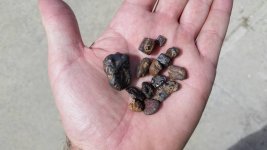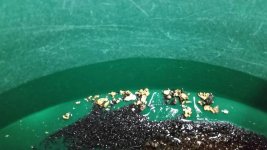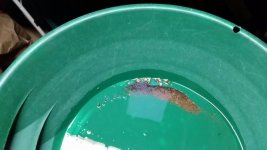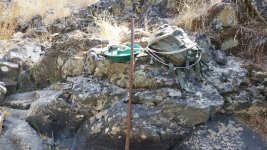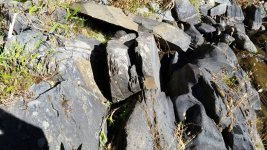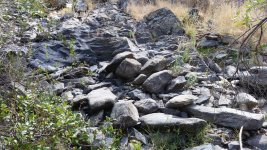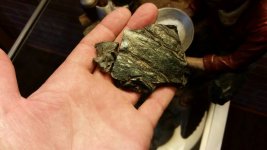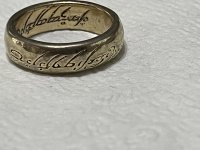Goldwasher
Gold Member
- May 26, 2009
- 6,077
- 13,225
- 🥇 Banner finds
- 1
- Detector(s) used
- SDC2300, Gold Bug 2 Burlap, fish oil, .35 gallons of water per minute.
- Primary Interest:
- All Treasure Hunting
Say you had a bunch of sulphides. Like literally sulphides only. With a mix of oxides (hematite)
No Gangue. Just cubes of pyrite and lumps of hematite. A lot of them and I have read local reports of rich sulfide ore.
I can bring a pound home a day or more if I want. Like I said not in ore. Segregated free minerals.
I'm not really interested in roasting. I know of the patio method but have only read a brief description of it. I need help with what to do after.
Though considering what I have is essentially "free milling" I don't know if that's even the right way to go about it.
I'm interested in what Mad Machinist and Clay have to say.
I DO NOT WANT TO HEAR ABOUT SURVEYS

It's dark I will post some pics of the pieces I have actually kept tomorrow. I got a couple today that are oxidized differently than the ones I get most of the time, silvery and rough on the outside. I grab the unique ones when I see them in the pan while chasing the heavy line in the creek.
When I'm sluicing the run gets loaded with them.
I met a geologist lady who likes the cool cube on cube pieces and I hold on to the big hematite nuggets cause their cool.
I've thought about crushing and sending some samples in for assay but, I figure I'll just get several different results and still be a guy who has pounds of sulphides.
No Gangue. Just cubes of pyrite and lumps of hematite. A lot of them and I have read local reports of rich sulfide ore.
I can bring a pound home a day or more if I want. Like I said not in ore. Segregated free minerals.
I'm not really interested in roasting. I know of the patio method but have only read a brief description of it. I need help with what to do after.
Though considering what I have is essentially "free milling" I don't know if that's even the right way to go about it.
I'm interested in what Mad Machinist and Clay have to say.
I DO NOT WANT TO HEAR ABOUT SURVEYS


It's dark I will post some pics of the pieces I have actually kept tomorrow. I got a couple today that are oxidized differently than the ones I get most of the time, silvery and rough on the outside. I grab the unique ones when I see them in the pan while chasing the heavy line in the creek.
When I'm sluicing the run gets loaded with them.
I met a geologist lady who likes the cool cube on cube pieces and I hold on to the big hematite nuggets cause their cool.
I've thought about crushing and sending some samples in for assay but, I figure I'll just get several different results and still be a guy who has pounds of sulphides.




